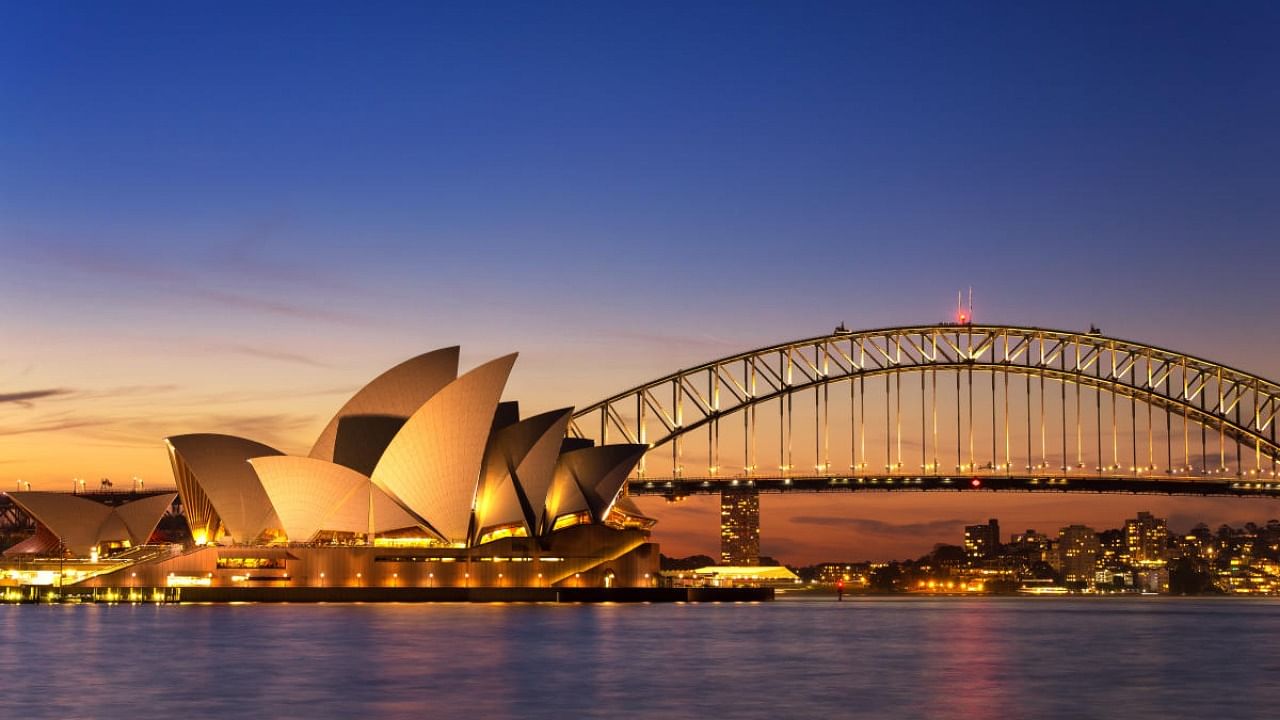
Australia hosted 3,75,500 travellers from India in the 12-month period ended May 2023, surpassing pre-Covid levels. This trajectory is likely to continue and breach the 4,00,000 figure in tourist movement by year end, said Tourism Australia’s country manager for India Nishant Kashikar, in a conversation with DH.
The growing numbers have made India the fourth-largest inbound tourism market for Australia.
Riding on a 16 per cent per capita increase in income during the financial year ended March 2023, Indians have taken to revenge spending, splurging on everything from premium homes to luxury cars, international travel, high-end hotels and more. Indian tourists to the land down under spent approximately Rs 11,000 crore in FY 2023, registering a 16% increase compared to FY 2019.
Travel has become a lifestyle trend among Indians, said Kashikar. Direct flights on the India-Australia route have more than tripled to 22 a week versus 7 flights per week prior to the Covid-19 pandemic. Going forward, Kashikar sees this number rising to 25 flights per week by October 2023. He said there has been a 30–40 per cent increase in air fares for the route since 2019.
Remarkably, a direct flight from Mumbai to Australia continues to evade the aviation map owing to a lack of demand from cities surrounding the financial capital.
Australia bound travellers from India visiting friends and family dominated the largest share at 61.7% in the 12-month period ended May 2023, followed by those on vacation and corporate trips at 13% and 8.6%, respectively. Others included employees and students.
Melbourne featured as the preferred arrival destination for Indians at 45.8% during the period under review, followed by Sydney with a 33.8% share and Perth attracting 8.1% of globe trotters from India.
Kashikar also expressed hope of increased people-to-people connection, speaking on the migration and mobility pact signed between the two nations during Prime Minister Narendra Modi’s visit to Australia earlier this year in May. The agreement aims to facilitate the exchange of students, graduates, researchers and businesspeople between the two regions.
Talking about the challenges inhibiting a more robust tourist movement from India to Australia, Kashikar listed time, distance and pricing as the top bottlenecks. Other challenges involve an absence of “visa on arrival” provision followed by a fragmented network of travel agencies and tour operators in India.
The top 10% of travel agents contribute 20% of the business while the remaining 90% drive 80% of the activity, he said.